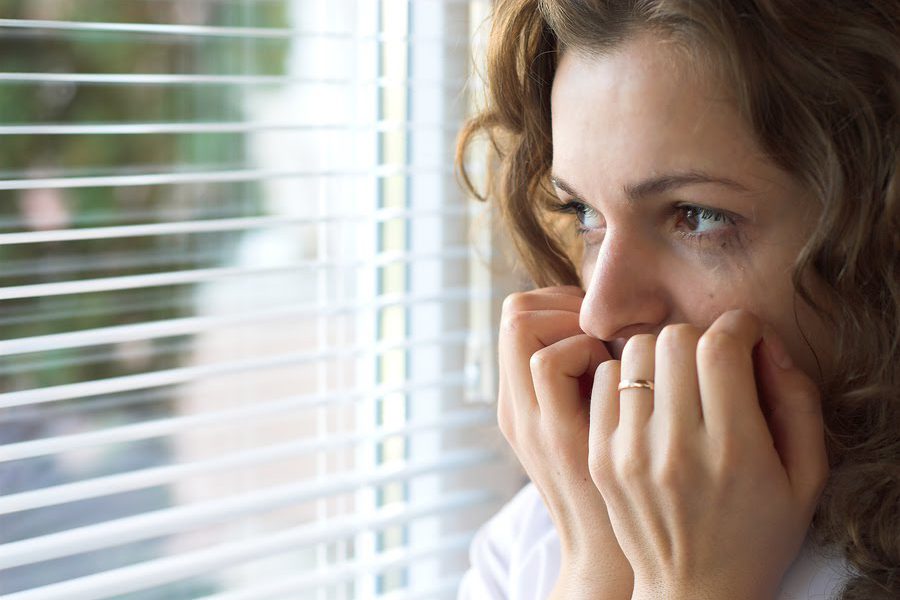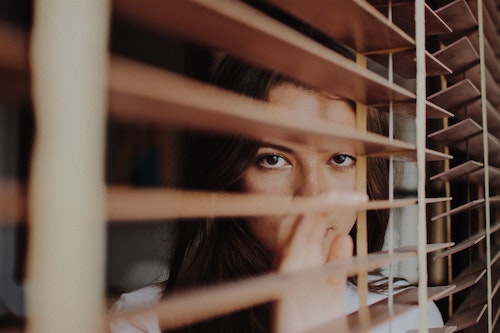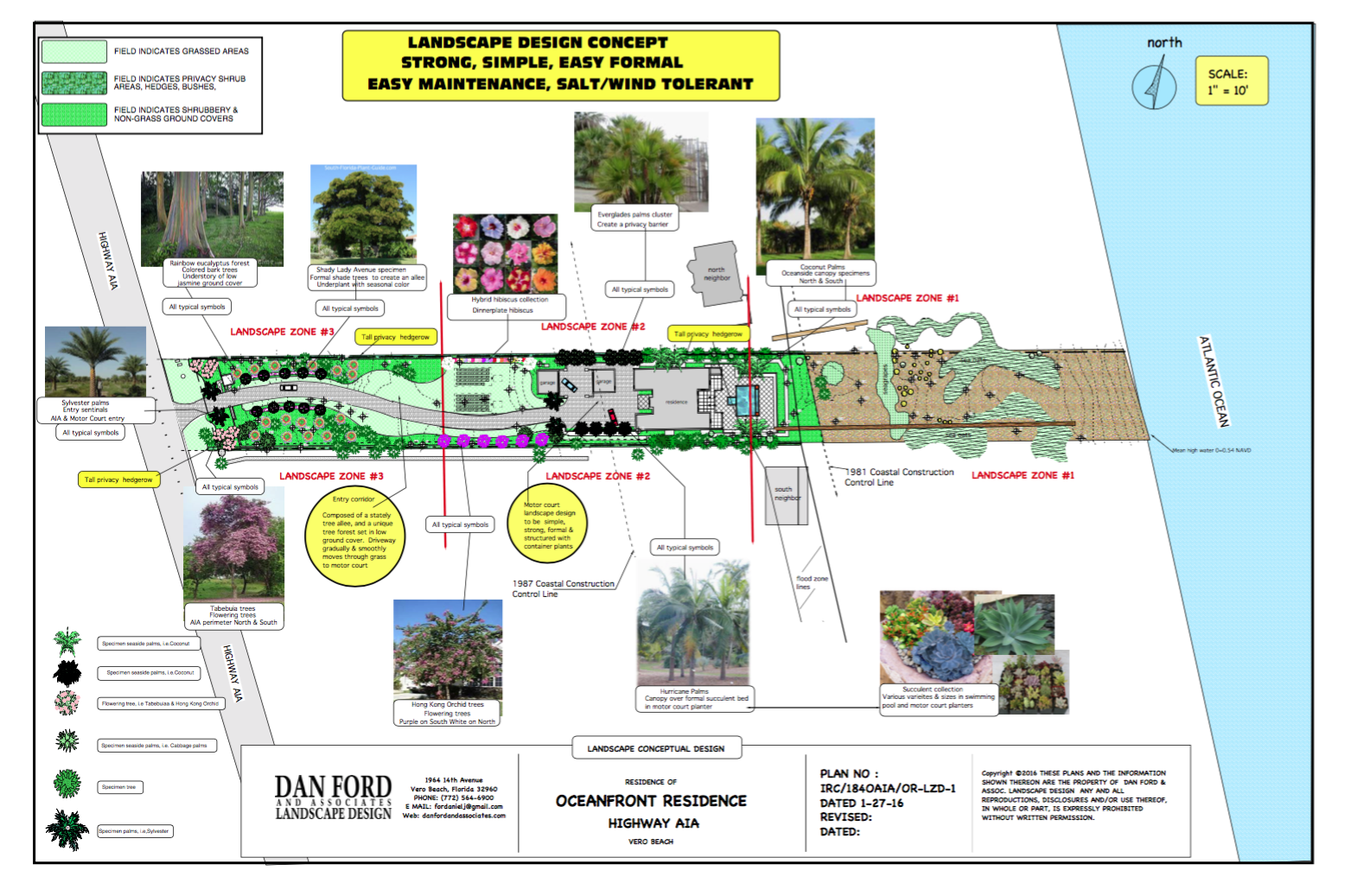Table Of Content

According to The American Psychiatric Association’s Diagnostic and Statistical Manual of Mental Disorders (DSM-5), agoraphobia is frequently diagnosed along with panic and other anxiety disorders. Once you have successfully managed your anxiety in your imagination, you can use your relaxation techniques in real-life situations. This technique can be learned through a variety of self-help resources and applications, but it can be more helpful to learn desensitization through the guidance of a professional therapist.
Signs
Eventually, you’ll be able to take part in activities that produce anxiety, and you’ll know how to manage your emotions. Over time, therapy can train your brain to think and respond differently. Bolster that coping efficacy, and your panic should subside. The goal of systematic desensitization is to become gradually desensitized to the triggers that are causing your distress.
Symptoms and Causes
You work your way to the end of the list, when you can either imagine a panic-inducing situation without panicking or can actually leave the house without panicking. By Katharina Star, PhDKatharina Star, PhD, is an expert on anxiety and panic disorder. Dr. Star is a professional counselor, and she is trained in creative art therapies and mindfulness. Determination of which drug to use is based on considerations of safety, efficacy, and the personal needs of the patient. People with agoraphobia can be seriously disabled by their condition. There are many drugs that your doctor might suggest for agoraphobia, but the most common are antidepressants.
How is agoraphobia diagnosed?
When this occurs, the person still has a fear of being stuck in a situation where escape would be difficult or humiliating. However, they generally do not fear having full-blown panic attacks. In panic disorder, panic attacks recur, and the person develops an intense fear of having another attack. This fear—called anticipatory anxiety or fear of fear—is present most of the time and can seriously interfere with the person's life, even when a panic attack is not in progress. The majority of people with panic disorder showed signs of agoraphobia and anxiety before they developed panic disorder.
How is agoraphobia treated?
The fear makes them not want to go to places where this could happen. If you think your child may have agoraphobia—or some other kind of anxiety—talk to your pediatrician about making an appointment with a therapist. Often the patient will join a therapy group with others striving to overcome agoraphobia, meeting with them weekly to discuss progress, exchange encouragement, and receive guidance from the therapist.
New York Times torched for 'fear-mongering' article about the 'perils' of summer weather - New York Post
New York Times torched for 'fear-mongering' article about the 'perils' of summer weather.
Posted: Sun, 23 Jul 2023 07:00:00 GMT [source]
Cognitive therapy can teach you new ways to think about or face situations that cause panic and help you be less afraid. Sometimes your therapist may suggest exposure therapy, in which you gradually start to do some of the things that make you anxious. If you have it, your fears keep you from getting out into the world.
Fear of Leaving the House May Be a Sign of Agoraphobia
The process usually starts with imagining yourself in progressively more anxiety-provoking situations and using relaxation techniques to combat your feelings of anxiety. Biology — including health conditions and genetics — personality, stress and learning experiences may all play a role in the development of agoraphobia. Exposure and response prevention is a type of therapy that’s used to treat agoraphobia.
What are the risk factors for agoraphobia?
But with proper treatment — usually a form of therapy called cognitive behavioral therapy and medicines — you can escape the trap of agoraphobia and live a more enjoyable life. Extended periods of isolation may increase the risk of developing agoraphobia. For example, fear caused by the COVID-19 pandemic combined with isolation caused by social distancing and quarantines has increased anxiety for many Americans.
When relaxed, the individual imagines the components of the phobia, working from the least fearful to the most fearful. People with agoraphobia may become housebound for years, resulting in impairment of their relationships. It has been estimated that more than one-third of people with agoraphobia do not leave their homes and are unable to work. As you can see, these items are very specific and situationally-focused. In other words, you don’t rate how much you panic in general, but how much you experience specific thoughts while encountering specific situations.
If a person does develop agoraphobia with panic disorder, symptoms typically begin to occur within the first year that the person starts having recurring and persistent panic attacks. A person may be described as having agoraphobia if other mental disorders or medical conditions do not provide a better explanation for the symptoms. Additionally, it is common for people with agoraphobia to also abuse alcohol and sedative medication as a way of coping with their distress. But with treatment, you can manage the symptoms and lead a full life. If agoraphobia or any anxiety disorder affects the way you live your life, talk to a healthcare provider.
Since caffeine, certain illicit drugs, and even some over-the-counter cold medications can aggravate the symptoms of anxiety disorders, they should be avoided. Check with your physician or pharmacist before taking any additional medications. Many people with anxiety disorders benefit from joining a self-help or support group and sharing their problems and achievements with others.
With COVID-19 restrictions easing, not everyone feels ready to venture outside. - Psychology Today
With COVID-19 restrictions easing, not everyone feels ready to venture outside..
Posted: Sat, 06 Mar 2021 08:00:00 GMT [source]
Additionally, the rating of anticipated panic was most likely to predict agoraphobic avoidance, or the tendency to stay away from situations that could provoke panic attacks. Based on the data from this scale, a rating of 67% would place you at risk. Symptoms usually start before age 35, often in the teenage years. In some cases, people who have panic disorder end up developing an intense fear of having an attack outside of the house and in front of someone. This may then become a secondary anxiety disorder, agoraphobia.

While a child is not likely to develop agoraphobia, it is possible. Or of sitting in the middle of a long row of other people—like in a classroom or theater. Rather, they may be afraid of having some other type of distressing anxiety symptom or other intense physical issues, such as vomiting or having a severe migraine. For instance, the person may be afraid that they will lose control of their bladder in public or faint without any help being available. The success of treatment usually depends on the severity of the phobia. The person is first taught, then practices, techniques of relaxation.
You may be asked about your medical history and you will be asked about the nature, duration, and severity of your anxiety symptoms. Approximately one-third to half of those diagnosed with panic disorder will also develop agoraphobia. The National Institute of Mental Health (NIMH) reports that agoraphobia occurs to approximately 0.9% of adults in the U.S. population in any given year.











